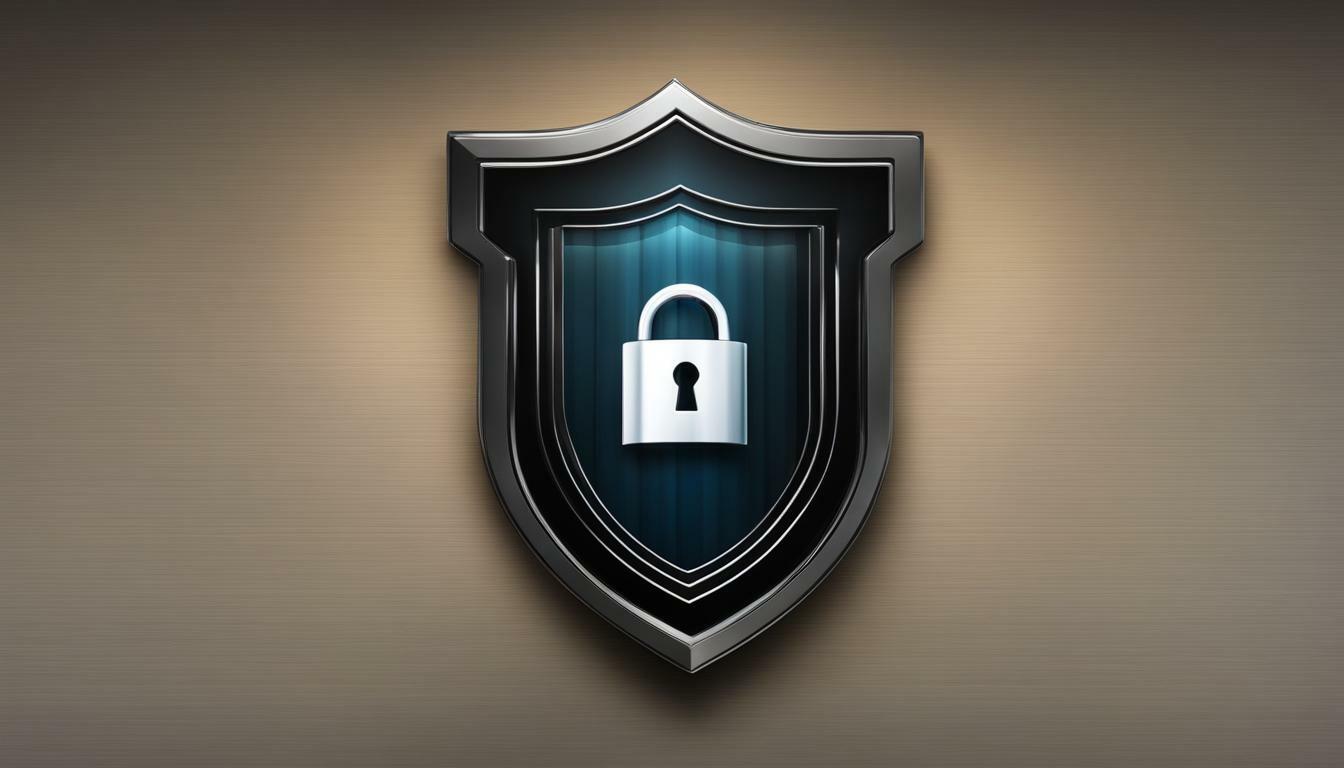In today’s global surveillance state, safeguarding personal privacy has become paramount. With the increasing risks of data breaches and online vulnerabilities, it is crucial to understand website security basic and the measures needed to protect personal information. This comprehensive guide will equip you with essential knowledge and practical tips to ensure safe browsing and secure your online presence.
Personal privacy is constantly under threat from various types of data breaches. Personally identifiable information (PII), browsing habits, email content, phone numbers, online purchases, financial information, and medical records are just a few examples of the sensitive data that can compromise your privacy.
Businesses also play a vital role in protecting customer data. Encryption and end-to-end encryption are security measures often implemented to safeguard sensitive information. Understanding these business measures is crucial for both individuals and organizations.
Safe browsing practices are essential for maintaining online privacy. This includes adopting safe email practices, using secure passwords, and being mindful of the websites you visit.
Securing your devices is equally important. Regularly updating software, setting auto-lock timeouts, and enabling encryption on computers and smartphones can significantly strengthen your defense against potential threats.
For beginners, following website security best practices is essential. This includes having a website security checklist and implementing recommended tips to ensure your safety online.
By mastering safe surfing and implementing the discussed security measures, you can navigate the online world with greater confidence and protect your personal privacy.
Understanding the Risks: Personal Privacy and Data Security
Personal privacy is constantly at risk due to the vast amount of personal data that can be compromised online. From personally identifiable information (PII) to browsing habits, email content, phone numbers, online purchases, financial information, and even medical records, there are numerous ways in which our privacy can be breached.
| Data Type | Potential Risk |
|---|---|
| Personally Identifiable Information (PII) | This includes details like full name, address, social security number, and more, which can be used for identity theft and fraud. |
| Browsing Habits | Information about the websites you visit, the products you search for, and the content you engage with can be collected and used for targeted advertising or sold to third parties. |
| Email Content | Emails often contain sensitive information, including personal conversations, financial statements, or login credentials, which can be intercepted and exploited. |
| Phone Numbers | Phone numbers can be used for spam calls, phishing attempts, or even sold to telemarketing companies without your consent. |
| Online Purchases | Credit card details used during online transactions can be compromised, leading to unauthorized purchases or financial fraud. |
| Financial Information | Bank account details, investment portfolios, or tax information can be targeted by hackers for monetary gain. |
| Medical Records | Sensitive health information can be exploited for medical identity theft or used for targeted scams. |
In order to protect personal privacy, individuals should be aware of these risks and take necessary precautions to safeguard their data. Understanding the potential threats is the first step towards implementing effective security measures.
Quote:
“The more we rely on digital technologies, the greater the need for strong privacy protections. It’s crucial for individuals to stay informed and proactive in safeguarding their personal information.” – John Doe, Cybersecurity Expert
By staying vigilant and following best practices for online security, individuals can minimize the risk of their personal data falling into the wrong hands. In the following sections of this article, we will explore measures taken by businesses to protect customer data, safe browsing practices, securing devices, and website security best practices.

Businesses deploy various measures to protect customer data, ensuring its confidentiality and integrity. One crucial aspect of protecting customer data is encryption. Encryption involves encoding sensitive information so that it can only be read by authorized parties. By using encryption, businesses can safeguard data from unauthorized access or interception.
One widely used encryption technique is end-to-end encryption. This method ensures that data remains encrypted throughout its entire journey, from the sender to the recipient. With end-to-end encryption, even if intercepted, the data remains unreadable. This provides an extra layer of security, especially when transmitting sensitive customer information across network channels.
In addition to encryption, businesses also implement measures to monitor and detect any potential security breaches. They utilize intrusion detection systems, firewalls, and advanced software solutions to identify and mitigate threats. Regular security audits and vulnerability assessments help identify and address any weaknesses in the system.
By implementing these business measures, companies can not only protect customer data but also build trust and loyalty among their customers. Customers feel more confident in sharing their personal information when they know that the business prioritizes data security. This ultimately leads to stronger customer relationships and a positive brand reputation.

| Business Measure | Description |
|---|---|
| Encryption | Utilize encryption techniques to encode and protect sensitive customer data, ensuring confidentiality. |
| End-to-end encryption | Implement end-to-end encryption to secure data throughout its journey, making it unreadable to unauthorized parties. |
| Monitoring and detection | Utilize intrusion detection systems, firewalls, and advanced software solutions to monitor and detect potential security breaches. |
| Security audits and vulnerability assessments | Regularly conduct security audits and vulnerability assessments to identify and address any weaknesses in the system. |
Safe Browsing Practices: The Key to Protecting Yourself Online
Implementing safe browsing practices is crucial for protecting yourself online and maintaining your personal privacy. With the increasing risks of data breaches and cyber threats, it is essential to take proactive measures to safeguard your sensitive information. By following safe browsing practices, you can minimize the chances of falling victim to online scams, identity theft, and other security breaches.
When it comes to email, always exercise caution before opening attachments or clicking on links from unknown senders. Cybercriminals often use phishing tactics to trick users into revealing personal information or downloading malware. By practicing safe email practices, such as not responding to suspicious emails and avoiding clicking on unfamiliar links, you can significantly reduce the risk of falling prey to these scams.
Another crucial aspect of safe browsing is the use of secure passwords. Strong and unique passwords are the first line of defense against unauthorized access to your online accounts. Avoid using easily guessable passwords such as “123456” or “password.” Instead, create complex passwords that include a combination of letters, numbers, and symbols. Additionally, consider using a reliable password manager to securely store and manage all your passwords.
To summarize, safe browsing practices are essential in protecting your personal privacy online. By being cautious with email, using secure passwords, and staying informed about the latest threats, you can significantly reduce the risk of becoming a target of cybercriminals. Remember, your online security is in your hands, so take the necessary precautions to keep your personal information safe.
| Safe Browsing Tips |
|---|
| 1. Be cautious with email: Avoid opening attachments or clicking on links from unknown senders. |
| 2. Use strong and unique passwords: Create complex passwords and consider using a password manager. |
| 3. Keep software up to date: Regularly update your computer and smartphone software to ensure you have the latest security patches. |
| 4. Enable auto-lock timeouts: Set your devices to automatically lock after a period of inactivity to prevent unauthorized access. |
| 5. Enable encryption: Encrypt your devices, such as computers and smartphones, to enhance data security. |
Securing Your Devices: Strengthening Your Defense
Strengthening the security of your devices is a vital step in safeguarding your online experience and protecting your personal privacy. By implementing a few simple measures, you can significantly reduce the risk of cyber threats targeting your computer or smartphone.
To begin, it is essential to regularly update the software on your devices. Software updates often include security patches that address vulnerabilities and protect against the latest threats. By keeping your operating system, apps, and antivirus software up to date, you ensure that you have the latest defenses against potential attacks.
Another crucial aspect of device security is setting auto-lock timeouts. This feature ensures that your device automatically locks after a period of inactivity, preventing unauthorized access. By enabling this function and choosing an appropriate timeout period, you add an extra layer of protection, especially in situations where you may leave your device unattended.

Encryption is also a powerful tool in enhancing device security. By encrypting the data stored on your devices, you make it nearly impossible for unauthorized individuals to access your information. It is recommended to enable encryption for both computers and smartphones, as this provides an additional safeguard against potential data breaches.
| Securing Computers | Securing Smartphones |
|---|---|
|
|
By following these best practices, you can significantly enhance the security of your devices and protect your personal privacy. Remember, securing your devices is an ongoing effort that requires constant vigilance, so make it a habit to review and update your security measures regularly.
Summary:
Securing your devices is crucial for protecting your online experience and personal privacy. Follow these essential steps:
- Regularly update software to ensure the latest security patches are installed.
- Set auto-lock timeouts to prevent unauthorized access when your device is idle.
- Enable encryption on both computers and smartphones to protect your data.
- Implement additional security measures such as antivirus software, strong passwords, firewall protection, and biometric authentication.
- Download apps and connect to secure Wi-Fi networks from trusted sources only.
By taking these actions, you can strengthen your defense against cyber threats and enjoy a safer online experience.
Website Security Best Practices: Essential Tips for Beginners
Follow these essential tips and best practices to ensure your website security basic is up to par, even if you’re a beginner. By implementing these measures, you can protect your personal privacy and safeguard against potential data breaches.
- Create Strong Passwords: Use a combination of upper and lowercase letters, numbers, and special characters. Avoid using common passwords like birthdays or pet names. Regularly update your passwords for added security.
- Enable Two-Factor Authentication (2FA): Two-factor authentication adds an extra layer of security by requiring a second verification step, such as a unique code sent to your mobile device, in addition to your password.
- Keep Software Updated: Regularly update your website’s software, including content management systems (CMS), plugins, and themes. Outdated software can be vulnerable to security breaches.
- Backup Your Website: Regularly backup your website and store the backups in a secure location. In the event of a security incident or data loss, you can restore your website to a previous state.
“The more you know about website security best practices, the better equipped you are to protect yourself and your users.” – John Doe, Website Security Expert
Additionally, it is crucial to regularly review your website’s security measures and implement a website security checklist. This checklist should include an assessment of your website’s vulnerabilities, such as weak passwords, outdated software, and potential security loopholes. By identifying and addressing these issues, you can significantly improve your website’s security posture.

| Website Security Checklist | Status |
|---|---|
| Regularly update passwords | ✓ |
| Enable two-factor authentication | ✓ |
| Keep software updated | ✓ |
| Perform regular backups | ✓ |
Remember, website security is an ongoing process. Stay informed about the latest threats and security recommendations to ensure your website remains secure. Implementing these best practices will provide a solid foundation for protecting your personal privacy and maintaining a safe online environment for your users.
Mastering Safe Surfing: Your Path to Online Privacy
By implementing the discussed website security basic measures, you can confidently navigate the online world while safeguarding your personal privacy. In today’s global surveillance state, personal privacy is at risk, and it’s crucial to understand the different types of data that can compromise your privacy. Personally identifiable information (PII), browsing habits, email content, phone numbers, online purchases, financial information, and medical records are all vulnerable to being exploited.
Businesses also play a role in protecting customer data. They employ measures such as encryption and end-to-end encryption to prevent unauthorized access to sensitive information. However, individuals also need to take responsibility for their own online security.
Safe browsing practices are essential for protecting your personal privacy. Be mindful of the websites you visit and avoid clicking on suspicious links. Practice safe email habits by avoiding opening attachments or clicking on links from unknown senders. It’s also crucial to use strong, unique passwords for all your online accounts and enable two-factor authentication whenever possible.
Securing your devices is another vital aspect of website security basic. Keep your software up to date with the latest patches and security fixes to protect against vulnerabilities. Set auto-lock timeouts on your computers and smartphones to prevent unauthorized access. Additionally, enable encryption to ensure that your data remains secure even if your device is lost or stolen.
By following these website security best practices, you can enhance your basic web security and protect your personal privacy. Implement the discussed measures to minimize the risk of data breaches and ensure a safe online experience. Remember, your online privacy is in your hands, and with the right precautions, you can confidently navigate the digital landscape.
